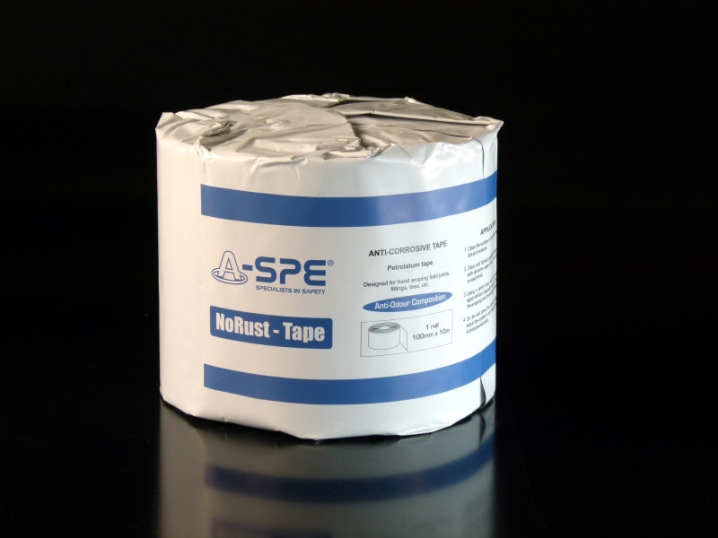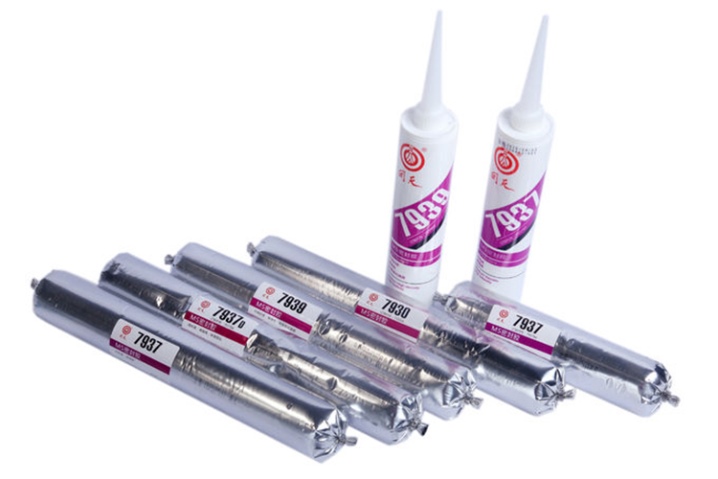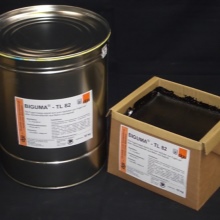All about sealing mastics

To reliably insulate the seams and voids formed during the production of various construction or repair work at sites, craftsmen use a non-hardening sealing mastic. This is especially true in the construction of private and large-panel houses with a joint width of 20 to 35 mm. And also this composition often acts as a sealant, which fills the openings between the load-bearing walls and window or door frames.

Peculiarities
Sealing mastic is a very popular product in the construction market. It adheres perfectly to almost any surface, it is absolutely waterproof due to the fact that sealants based on bitumen have no pores, so the water will have nowhere to seep.

All technical conditions for this composition are prescribed in GOST. The material can withstand exposure to water for up to 10 minutes, provided that the pressure is within 0.03 MPa. Transport markings must be present.

Among the characteristics of the composition, one can note the fact that the mastic does not require the application of any special efforts when applying it., and the coating itself is durable and strong. When applied correctly, no visible seams remain on the surface. It can be used both in the construction of new and in the renovation of old roofs.

Besides, it is possible to achieve the desired color range of the coating. To do this, you just need to add special coloring materials to the composition. Such mastic is used even when working with roofs of complex shapes with decorative elements.
For reinforcing the mastic, it is permissible to use only fiberglass. Due to this, it becomes even more robust and durable.

If we compare waterproofing with mastic with narrow-roll materials, then the following conclusions suggest themselves.
- The composition can be applied with a roller or brush, as well as with a special spray. This allows you to work with different shapes of products.
- I must say that the composition is inexpensive. This will help save money during construction and renovation.
- Mastic is much lighter than narrow-web material, while it requires at least 2 times less.

Compositions
There are several types of sealing mastic. Among them are bitumen-polymer, as well as separately bitumen and polymer. It depends on the main constituent component. In addition to it, solvent and other components are added here, making the composition excellent for joining roof ceilings.



Hermobutyl mastic can be one-component or two-component. This moment must be taken into account when choosing.
The basis of a one-component composition is a solvent. To use it, no preparatory work is required. The material hardens after complete evaporation of the solvent. You can store such mastic for 3 months.

In the two-component material, another constituent substance is added, due to which the mastic can be stored for more than 1 year. Among the main advantages is the ability to add other formulations in the process of work.

Applications
The area of application of sealing mastics is quite extensive. If we talk about the main directions, first of all, we should mention the sealing of seams during the construction process. Moreover, this applies not only to the construction of buildings, but also to the arrangement of road surfaces. And also the composition is used in the construction of bridges to seal pipes and cables.

The use of mastic helps prevent the formation of surface corrosion due to exposure to ultraviolet rays and atmospheric precipitation. This material is relevant for the production of matrices. In addition, the composition is necessary for roofing work.

Application rules
When working with non-hardening construction mastic, a number of rules must be followed. This will allow you to achieve the desired result and secure your workflow.
- The surface to be applied must be cleaned and dried. Cement build-up and debris are removed, which clog hollow joints. The base itself must be pre-coated with paint, as a result of which a film will appear on it, protecting the composition from evaporation of the plasticizer.
- If we are talking about dry soil, then the thickness of the foundation waterproofing, laid at 2 meters, should be 2 mm. If the initial indicator increases and will be indicated at a level of up to 5 meters, the mastic will need to be applied already in 4 layers, the total thickness of which should be at least 4 mm.
- Construction work should not be carried out during precipitation, as well as immediately after it, while the surface is still wet. In the case when bitumen is applied hot, you should take care of clothing that protects the body from the possible ingress of molten drops of the insulator. In addition, it is worth using a respirator to protect the respiratory system.
- Compositions based on bitumen and solvent are flammable, therefore they require special care when working with them. Safety rules prescribe not smoking in the immediate vicinity of the place where waterproofing works are performed, and also avoid the use of open flames. It is safer to work in protective goggles and tarpaulin gloves.

Sealing mastics are applied at temperatures not lower than -20 degrees. The composition itself should be at room temperature. An electric dock shelter can be used if necessary.













The comment was sent successfully.